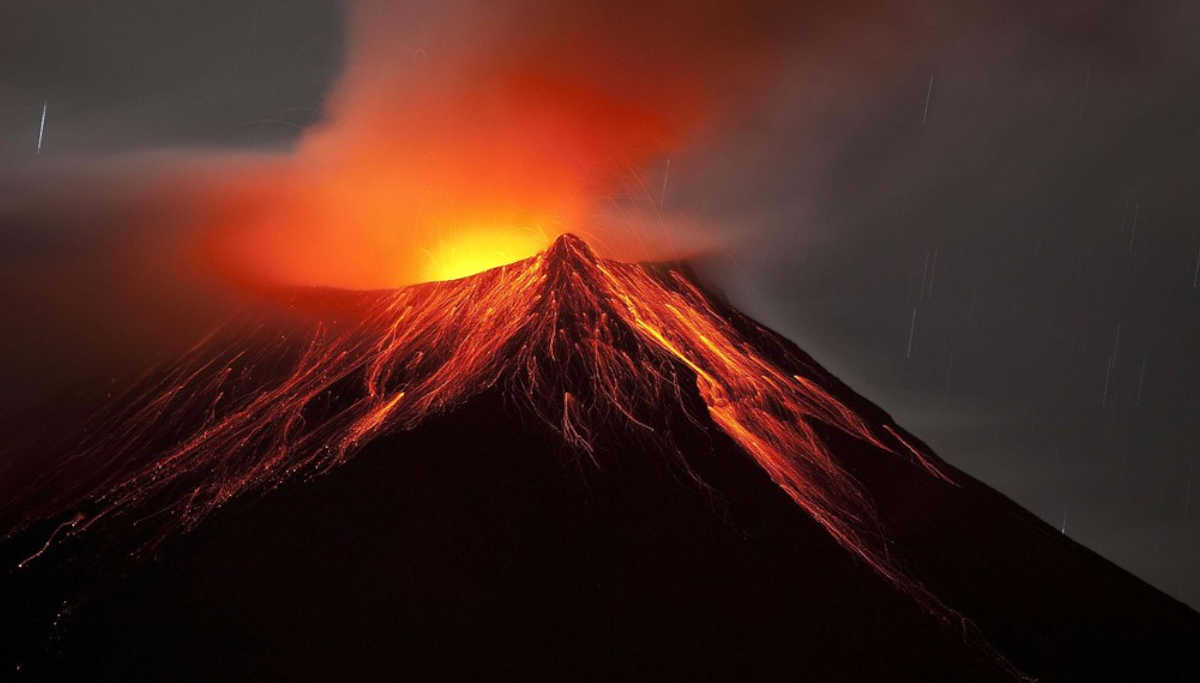Tungurahua, aka Throat of Fire, Volcano in Ecuador Could Collapse Soon
Vignesh Subbaian (Author) Published Date : Feb 20, 2020 17:56 ISTWorld News
Volcano in Ecuador may collapse soon to cause large landslides & avalanche:
A new analysis published in Earth & Planetary Science Letters journal confirms a partial collapse of one of South America's active volcanoes. Researchers of the study say the western side of the Tungurahua, which in English means Throat of fire in Ecuador, may collapse soon. Twenty-five thousand people were evacuated after its single eruption in 1999. And if it happens again as the scientists predict it could cause a massive landslide with avalanches and rocks rushing up to many kilometers.
If it explodes as per the predictions of the scientists and according to the United States Geological Survey, it is for the third time. The first was during the end of the late Pleistocene time. The second was 3,000 years ago, which caused part of the western flank of it to collapse. It caused the debris to spread to an area of 80 square kilometers, which is roughly the size of 11,000 football fields.
James Hickey is the lead author of the published analysis and is the geophysical volcanologist at the University of Exeter in the UK. In a statement, he said that with the help of satellite data, their team was able to observe the rapid deformation of Tungurahua's west flank. It is due to the geological process taking place inside it, which includes an imbalance of the magma supplied and erupted.
James further says that while the other flanks of Tungurahua remain stable, only the west side is uplifted by roughly 3.5 cm or 1.38 inches within the last three weeks. Since magma supply is one crucial factor in causing volcanic flank instability, he recommends it to be closely monitored for further signs of collapse. Also, the damage depends on how the volcano continues to behave in the coming days.
The newly published study will also help in understanding the flank instability of other volcanoes worldwide due to their display of surface deformation.




